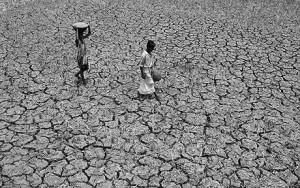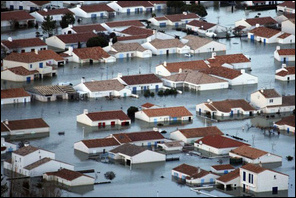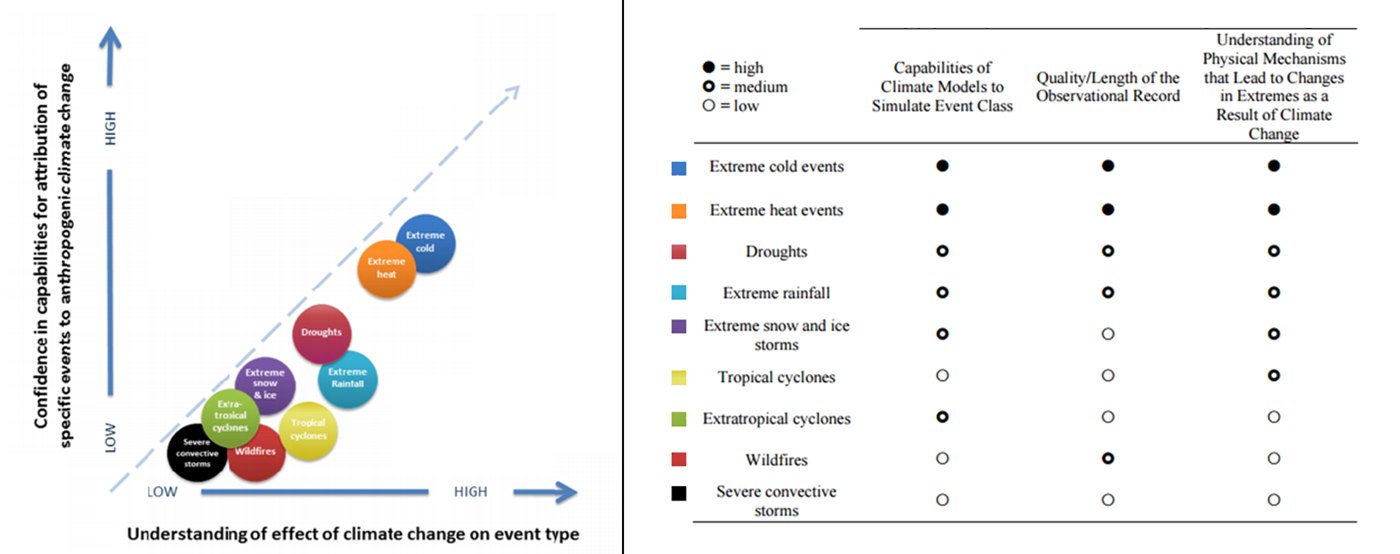Justin Gundlach
Climate Law Fellow
In an opinion issued on May 11, 2016, a two-judge panel of India’s Supreme Court chastised that country’s federal and regional governments for their recent responses to severe  droughts, which the Court said contravene key provisions of the National Disaster Mitigation Act of 2005 (DM Act). The case was brought in challenge to refusals on the part of federal and regional government authorities to acknowledge or respond to severe drought conditions across large parts of country. The Court was careful to explain that its criticisms relate to unwillingness on the part of government authorities rather than ineffectiveness:
droughts, which the Court said contravene key provisions of the National Disaster Mitigation Act of 2005 (DM Act). The case was brought in challenge to refusals on the part of federal and regional government authorities to acknowledge or respond to severe drought conditions across large parts of country. The Court was careful to explain that its criticisms relate to unwillingness on the part of government authorities rather than ineffectiveness:
A candid admission does not imply a loss of face or invite imputations of ineffective governance – it is an acknowledgement of reality. An ostrich-like attitude is a pity, particularly since the persons affected by a possible drought-like situation usually belong to the most vulnerable sections of society. The sound of silence coming from these States subjects the vulnerable to further distress. During the hearing of this public interest petition, no one alleged a lack of effective governance, only the lack of an effective response and therefore we are at a loss to understand the hesitation of these States.
The Court’s 53-page opinion made no mention of climate change, but did acknowledge what it called the “changing face of drought in India,” characterized by rainfall and drought conditions in unexpected places and at unexpected times of year. Given the growing susceptibility of India’s population to harms arising from drought, sea level rise, and air pollution, it is easy to see how subsequent petitions or statements in other contexts could analogize to the Court’s analysis with regard to climate change-related impacts.
The Court also issued several instructions, listed below the jump.
Those instructions include:
- India’s Government must implement several aspects of the DM Act:
- within six months, establish a National Disaster Response Force;
- within three months, establish a Nation Disaster Mitigation Fund;
- as soon as practicable, develop “a National Plan relating to risk assessment, risk management and crisis management in respect of a disaster”;
- India’s Ministry of Agriculture must
- “within a week,” meet with authorities from the regions of Bihar, Gujarat and Haryana to review relevant data and to encourage appropriate declarations of drought by those regional governments;
- before 2017, update the Drought Management Manual (last updated in 2009) to specify several indicators of drought (including both rainfall and crop productivity) and to establish a time frame for mandatory declaration of drought in response to data signaling one or more of those indicators.
You can access the opinion here: Abhiyan v. Union of India, Writ Petition (Civil) No. 857 of 2015 (2016) __ S.C.C. __ (India).




